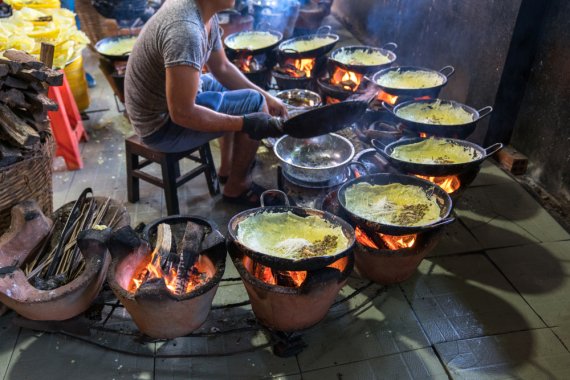Is food security in the world’s major cities as it should be? Wageningen Economic Research is making a ranking of 850 big cities to get clarity on this. The main aim is to make a diagnosis, so cities can organize a better and healthier food supply.
Researcher Peter Ravensbergen presented the ranking recently at a conference of the Milan Urban Food Policy Pact, a forum where 200 cities around the world put their heads together on the issue of a sustainable and healthy diet.
The ranking uses five criteria, explains Ravensbergen. ‘The first one assesses food production in and around the city, in other words, so the availability of food. The second one assesses the logistical situation: do the residents of the city have access to an adequate supply of healthy food? The third criterion measures purchasing power: can residents afford the food? The fourth issue is health: is the residents’ diet adequate and healthy, and is the city a healthy living environment? And the last criterion measures risks to the food supply, including climate risks, risks of flooding, and the health risks of overweight and underweight.’
Cities can use the ranking if they want to gain insight into their food security status and to know where their weak points lie, says Ravensbergen. ‘Most of the fastest-growing cities are in Africa. Places like Lagos, Nairobi, Ouagadougou and Yaoundé. These cities score extremely low on food security, so there lies a major task. In Asia, we note an interesting difference between Chinese and Indian cities. Chinese cities often score above average on logistics and on health, while the Indian cities score low on health and on purchasing power. In a country such as Brazil, there are big differences in food security between the cities.’
The ranking could prove useful for Dutch cities too, reckons Ravensbergen. ‘Which neighbourhoods are doing poorly on health or logistics, for instance? And how can you improve the quality of life and the food supply?’

 Streetfood in Vietnam, Photo: Shutterstock
Streetfood in Vietnam, Photo: Shutterstock